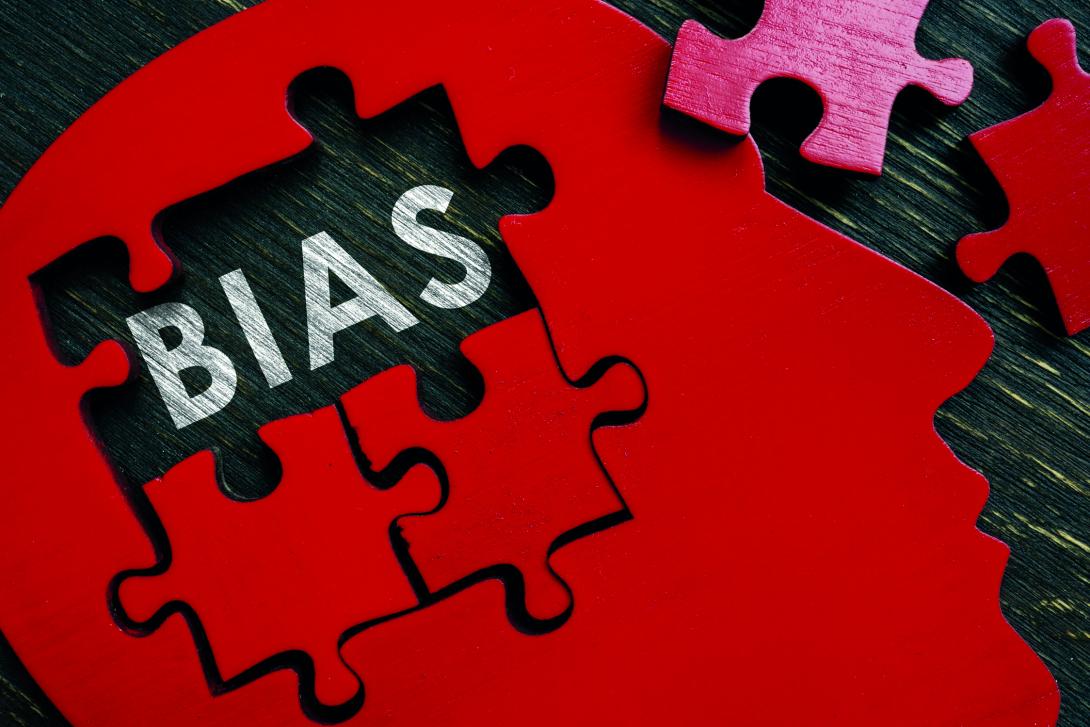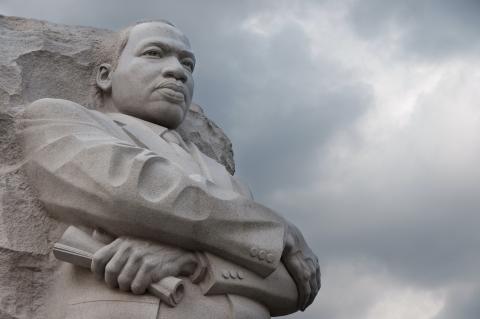
Photo by Designer491 | Dreamstime.com
There is no doubt that one of the side effects of the Covid-19 pandemic is the increase in ethnic motivated crimes against Asians both in the US and Canada and, sadly, elsewhere. It wasn’t helpful that a prominent influencer chose to refer to Covid-19 as the China virus.
The FBI’s Uniform Crime Reporting Program uses six different hate crime categories. The 2020 release shows that, while the other categories remained generally steady, the number of crimes reported under the category of Race/Ethnicity/Ancestry increased from 3963 in 2019 to 5227 in 2020.
While African Americans remain the most targeted group, the rapid increase in anti-Asian sentiment accounts for the sharp increase in the numbers reported.
The trend continues, according to data published by the Center for the Study of Hate and Extremism. It reported that anti‐Asian hate crimes increased 164% in the first quarter of 2021 over the same period of 2020.
The situation in Canada is similar. Statistics Canada reported 884 crimes based on race or ethnicity in 2019; the number rose to 1619 in 2020, and 1723 in 2021. While the Black population remains the most targeted constituency, cases targeting the East Asian or Southeast Asian population saw a 293% increase from 2019 to 2020.
These numbers reflect cases reported to police. It is reasonable to conclude that the actual numbers could be much higher.
How can we respond to the stats?
The rise in hate crimes has spawned a number of initiatives to address the troubling trends. One such initiative is NAH, acronym for Never Accept Hate.
NAH is an online resource site established with the support of British Columbia’s Office of the Human Rights Commissioner and others, with the goal of “heightening awareness of the issue, providing some paths to actions, and directing people who want to deepen their understanding of the very well researched and thoughtful resources out there.”
I was perplexed to read under their resources tab that everyone has unconscious bias. “Not me,” thought I.
The NAH site invites the reader to consider taking the Implicit Association Test (IAT) developed by researchers at Harvard and available online, link provided. I clicked on the link and I was taken to Project Implicit, a “non-profit organization and international collaborative of researchers who are interested in implicit social cognition.”
The site is intended for adults only, and I noted the following caveat: “If you are unprepared to encounter interpretations that you might find objectionable, please do not proceed further.” I stopped. I decided to think about it.
It took me a while. Eventually I went back to the site and clicked on the “I wish to proceed” link. On the next page, Project Implicit offers 15 IATs, covering topics from race to transgender to Asian to skin tone. I decided to take three of the tests: one on race, one on gender-science and one on religion.
The results suggest a level of automatic association between the items tested, ranging from strong to neutral. When the results are disclosed, they are preceded by a disclaimer to the effect that, although the possible interpretations given are based on research at a number of universities, these institutions and the individuals involved make no claim for the validity of the suggested interpretations.
A further proviso indicates that “taking an IAT once (like you just did) is not likely to predict your future behavior well.”
Nonetheless, the results gave me much food for thought. For example, the gender-science IAT returned the following: “Your responses suggested a slight automatic association for Male with Career and Female with Family.”
The other results were interesting as well. Were they due to my upbringing? Or could there be other reasons at play? Are we naturally/biologically susceptible to bias? Is it nature or nurture? Or both?
Wired for racism
In Wired for Racism? published by New City Press, coauthors James Woodall and Mark Ellingsen dedicate a chapter to what neurobiological research tells us.
The largest brain structure is the frontal lobe, which manages higher level executive functions such as problem solving, emotional regulation, moral reasoning and decision-making. Damage to the frontal lobe can be manifested in changes in personality, involuntary impulsive behavior and such.
Woodall and Ellingsen reference a number of studies on brain functions in racist behaviors. Much of this research has focused on the amygdala, which is part of the limbic system, a set of structures in the front of the brain responsible for the fight-or-flight response to threats, typical of many animals as well as humans.
In essence, the amygdala can override the frontal lobe and take control, provoking an involuntary stress reaction. Research shows that it plays a role in emotionally charged memories.
It also shows that amygdala activity distinguishes between in-group (the group to which I belong) and out-group (“the others”) in its reactions. The implication is that the more the amygdala generates a fight-or-flight response, the more fearful and hostile one is likely to become.
The authors note that when a person engages with a member of another racial or ethnic group, one tends to be more uptight. In that sense, we could say that everyone is racially biased. Unless the frontal lobe of our brain takes control, we are naturally inclined to treat out-group members differently.
Subconsciously, at least, we view “the others” as potential threats.
It would be disingenuous to blame racist behavior exclusively on neurobiological factors. A 1989 study by Patricia G. Devine found that amygdala reaction by Whites to Black faces varied depending on the White subjects’ attitudes towards negative stereotypes of African Americans. While this study does not refute that people instinctively tend to react with fear to encounters with “the others,” it does indicate that this fear includes a conditioned component.
Avoiding our embedded racist tendencies will take work, because we have to get our frontal lobe to pre-empt the animal instincts of the amygdala. We can do this through front-brain activities, so as to counter the anxiety we feel when encountering “the others.”
How to let your frontal lobe win out
There is much we can do to keep the amygdala in check. Woodall and Ellingsen suggest that an effective step is getting to know, to really know, persons of an ethnicity different from yours. Over time, they become not “others” but a part of “us,” and the anxiety created by the amygdala is reduced and eventually eliminated.
We can also make a conscious decision to reject negative stereotypes. Some stereotypes are silly but harmless.
For example, a World Cup commentator remarked about the goalie for Brazil: “Of course he is good with his feet. He is Brazilian.” Silly and harmless.
But many, if not most, stereotypes are harmful because they victimize an ethnicity or a group; they predispose us to having negative attitudes and thus “empower” the amygdala, as Devine’s research demonstrated.
Perhaps the most insidious stereotypes are the ones that are expressed in a “humorous” way. An article by David Pilgrim entitled “Notes on Racist Jokes,” and posted on the website of the Jim Crow Museum (Ferris State University), is relevant.
“Jokes that play on racial stereotypes of ‘the other’ may strengthen relations among members of the in-group,” Pilgrim writes. “Listeners may even laugh at jokes that are not funny to them because they value their membership in the in-group…”
“The venom of racist jokes is increased by using racial slurs to describe the targeted group… Many Americans will laugh at a racist joke if it does not include a racial slur, though the demeaning stereotypes remain.”
Jokes that demean or demonize others are never funny, be they racist, ethnic or directed at a specific group.
Of course, this does not mean that we cannot tell jokes, but we need to cultivate a sense of decency and know where the line is that should not be crossed, aware of the fact that what some may consider funny, others would find inappropriate or hurtful.
Bias can take many forms and many hues. We are probably unaware of our own unconscious biases.
Research into the functioning of the brain reveals that we all have embedded discriminatory tendencies. These tendencies can be overcome, but it takes hard work. Let us work on giving the frontal lobe the upper hand in all situations.













